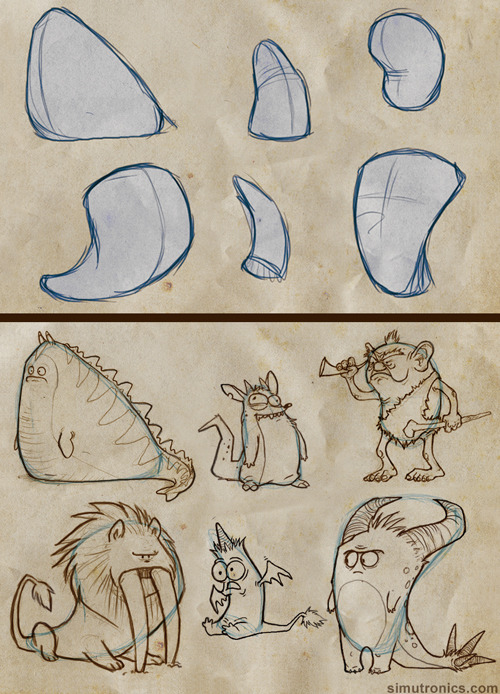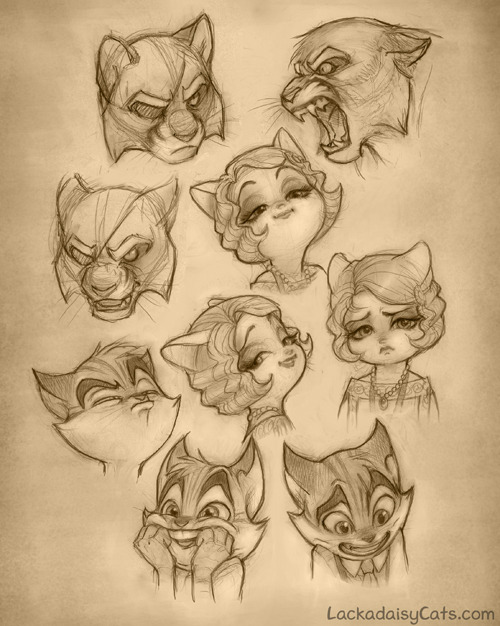Welcome to my inspiration blog! Here I help promote other artists via reblogs and post cool/funny stuff I like!
Quick Art Tags
• Art Tips
• Promote
• LOLs
My main blog which can be found in the drop down below is where I post all my artwork and is reblog-free!

















